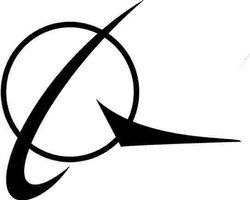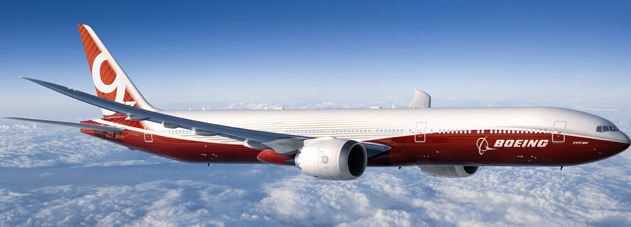Members of the International Association of Machinists & Aerospace Workers District 751 (IAM) voted 51% in favor of the Boeing contract extension offer.
Under the terms of the Boeing contract extension of eight years, the 777X and its composite wing will be manufactured in the Puget Sound area by workers who belong to IAM.
The work includes:
- Building the fuselage.
- Final assembly.
- All major components fabrication including wires and interiors.
Boeing Commercial Airplanes President and CEO Ray Conner, said:
“Thanks to this vote by our employees, the future of Boeing in the Puget Sound region has never looked brighter. We’re proud to say that together, we’ll build the world’s next great airplane—the 777X and its new wing – right here. This will put our workforce on the cutting edge of composite technology, while sustaining thousands of local jobs for years to come.”
President of Machinists Union District Lodge 751, Tom Wroblewski, said:
“Our members have spoken and this is the course we’ll take.”
The union represents over 30,000 hourly workers at the Puget Sound plants.
As a result of this decision, Boeing will no longer be seeking alternative sites for its 777X aircraft program.
The 777X. New interior, more-comfortable 10-abreast seating. Lower community noise. Advanced flight deck avionics, 787 commonality. Larger, 4th-generation composite wing. New advanced GE engine with Laminar Flow Nacelles. Capacity: 777-8X 350 passengers, 777-9 400 passengers.
IAM hopes Boeing contract protects workforce in Puget Sound
The IAM says its aim is to make sure Boeing lives up to its commitment to its workers and maintains job levels in Washington state.
Union members voted to accept the deal, even though Wroblewski and the union’s leadership team had all recommended they reject Boeing’s offer, which included concessions on retirement, health care benefits, as well as limits on future pay increases.
Wroblewski said:
“All along we knew that our members wanted to build the 777X, and that it was in Boeing’s best interest to have them do it. We recommended that our members reject the offer because we felt that the cost was too high, in terms of our lost pensions and the thousands of dollars in additional health care costs we’ll have to pay each year.
“Now, it’s up to all of us now to pull together to make this airplane program successful. I’m confident we will do that, because as we’ve said all along, this is the most-skilled aerospace workforce in the world.”


